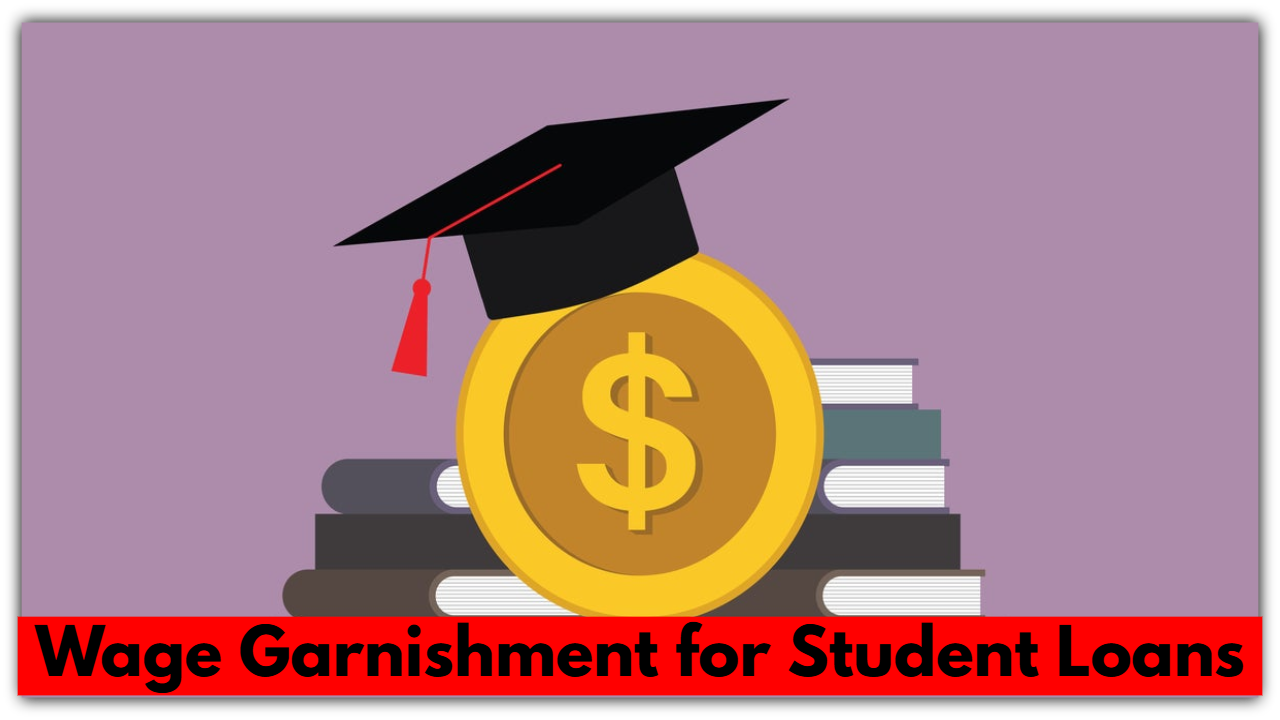Worried About Wage Garnishment for Student Loans? Here’s How to Protect Your Paycheck!
If you’ve been keeping up with student loan news, you might have heard that collections are back. After five years of a pause, the U.S. Department of Education is starting to collect on defaulted federal student loans again. I know, it’s stressful to think about, but don’t freak out just yet! Getting behind on payments doesn’t automatically mean your wages will be garnished, and there are ways to avoid it. Let’s break it down.
Who’s Affected by Collections?
Here’s the deal: If you haven’t made a payment for 270 days (9 months), your loan is considered in default. Once that happens, the government can start going after your paycheck, tax refunds, and even reduce your Social Security benefits to cover your loan.
Right now, around 5.3 million people are in default, and there are another 4 million who are close to default (meaning they’re about 3 months behind). If you’re in this boat, it’s definitely time to act.

Who’s Safe from Wage Garnishment?
Okay, before you panic, not everyone in default will have their wages garnished. There are options to avoid this. Here’s what you can do:
1. Income-Driven Repayment Plans (IDR)
If you’re having a tough time keeping up with your monthly payments, there’s something called IDR plans. These plans lower your monthly payments to something more manageable based on how much you earn. If your income is low enough, your payment could even be $0 per month. As long as you’re on one of these plans, you won’t go into default—and that means no wage garnishment.
2. Loan Rehabilitation
If you’re already in default, don’t worry, you can still make things right. Loan rehabilitation is a way to get out of default. Basically, you make nine on-time payments over 10 months, and your loan gets removed from default—and your credit report gets a nice clean-up. It’s like hitting the reset button.
3. Loan Consolidation
Another way to get out of default is by consolidating your loans into a new one. This option helps you get access to more repayment plans, but keep in mind that it won’t remove the default from your credit history.
What Should You Do Now?
If you’re feeling a little lost, or you’ve been ignoring those notices (we’ve all been there), here’s what you need to do:
-
Check your loan status
First things first, go to studentaid.gov and check where you stand. Are you in default? It’s okay, just take a breath and figure out what’s going on. The sooner you know, the sooner you can take action. -
Look into repayment options
If you’re behind, look at the options available to you. Income-driven repayment, loan rehabilitation, and consolidation can help get you back on track. -
Don’t ignore those letters
If you’ve received any notices from the Department of Education, don’t ignore them. I know it can be overwhelming, but acting fast will save you a lot of stress later on.
Yes, collections are back. But that doesn’t mean you’re doomed to have your wages garnished. If you’re in default, there are still plenty of ways to get back on track without losing part of your paycheck. Just know where you stand, explore your options, and act quickly. The sooner you do, the easier it will be to fix things.
For more help, check out studentaid.gov. They’ve got all the info you need.


Comments are closed, but trackbacks and pingbacks are open.